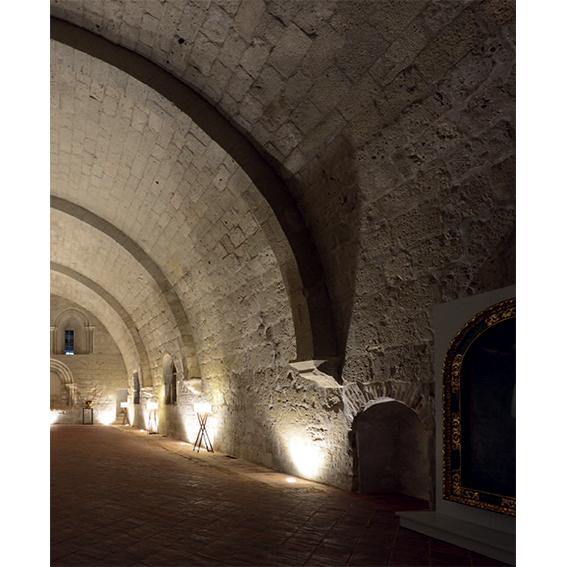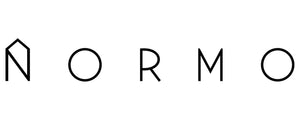
Beam angle
In lighting, the beam angle refers to the width with which a light beam is distributed across a space from a light source. Beam angles are measured in degrees, from the peak of light intensity to the point at which its intensity decreases by about 50%, and are described visually by using light distribution curves.
The NEMA (U.S. National Electrical Manufacturers Association) has classified all the different angles into seven groups in order to organize and standardize the distribution of light from projectors and directional luminaires in the American market.
Beam angle |
Description |
<18° |
very narrow |
18° - 29° |
narrow |
29° - 46° |
medium-narrow |
46° - 70° |
medium |
70° - 100° |
medium-wide |
100° - 130° |
wide |
>130° |
very wide |
This classification is not universally adopted, so it is common to find different names for some beam angles and light distribution patterns. The narrower angles generally go by the name of spots or spotlights. Wider beam angles may have other names such as flood light, wall washer or batwing (the latter referring to the shape described by the light in a light distribution curve, which resembles the wings of a bat).
The choice of the beam angle is crucial to the lighting effect of a space. Smaller angles are used for accent or task lighting, while wider angles are used for general/ambient lighting, where uniform lighting is more important.
The location of the luminaires in relation to the area or object to be illuminated is an important factor to consider. In a space where the aim is to obtain ambient and diffuse light, with the greatest possible coverage, the beam angle should be greater. However, for example, when considering a space illuminated by ceiling lamps where the ceiling height is very high, it may make sense to choose a smaller beam angle.
In other cases, such as lighting objects or works of art, the light will need to be focused, and therefore, the beam angle will need to be narrower.
When considered in conjunction with the distribution of light, the beam angle can provide lighting with great visual interest. Some examples are the display of works of art, as previously mentioned, but also in landscape design or in gardens, in order to illuminate a specific element such as a tree.
 |
 |
 |
| Dodo wall lamp, with a narrower beam angle at the top and a wider beam angle at the bottom. | Focus projector, whose more directed beam of light creates an effect that allows the isolation and highlight of objects or areas | Lighting of a gallery using several recessed Trond floor spotlights |
If you need any help or advice, our team can help with this and other issues that may arise in your lighting project.
Click here to find all the ways you can get in touch with us.
Last updated: 12/03/2025
